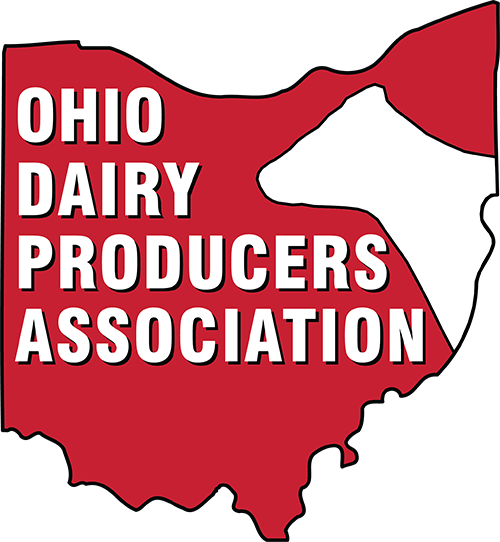Top 5 Farm Energy Saving Tips
Most dairy farms— regardless of age, size and structure — can save energy and reduce utility costs in some way. Energy audits (NRCS-endorsed Agricultural Energy Management Plans) help producers identify how energy is being used on their farms and recommends energy saving technologies.
The most common energy audit recommendations are based on technologies that provide energy savings with a short payback period. The top five areas where producers, who have completed energy audits, find savings are:
- Lighting — Compactfluorescent lights are more efficient than incandescent light bulbs, which convert only 10 percent of energy used for light. Similarly, T-5 and T-8 fluorescent fixtures with electronic ballasts use about 20 percent less energy than the older T-12s, and also generate less noise, more light per watt, and provide other benefits. For exterior lighting, pulse-start metal halide lighting is long lasting and energy efficient. It also produces more lumens per watt and better light quality than high pressure sodium, probe start metal halide, and mercury vapor lights. Light-emitting diodes (LEDs) are another option for outdoor lighting.
- Plate coolers — Milk cooling costs account for some of the greatest energy expenses on a dairy farm. In an operation with a plate cooler, well water passes through the plate cooler in one direction and absorbs heat from the warm milk pumped through the plate cooler in the opposite direction before going into the bulk tank. This process of pre-cooling milk reduces compressor run time and requires less energy to cool the milk.
- Variable speed drives — A variable speed drive (VSD) is a digital controller that regulates the speed of a pump motor. When a VSD-controlled milk pump is coupled with a milk plate cooler, producers have witnessed an average energy savings of 30 percent on the run time of the bulk tank compressor.
- High efficiency compressors — Scroll and discus compressors allow for capacity modulation so that the refrigeration system can match capacity to the desired load. High efficiency compressors often require less maintenance are longer lasting than older, inefficient models, and also can help cool milk more consistently.
- Compressor heat recovery — when cooling milk in a bulk tank or with a chiller, compressors is used to remove the heat from the milk. The heat removed usually is released back into the air by condenser fans. By installing a compressor heat recovery unit, this otherwise wasted heat can be reused to heat water. Since the incoming water is preheated, the water heater has less work to do and likely will last longer. A dairy farm using 225 gallons of heated water every day, for example, can save as much as $1,300 annually on electricity costs.
To learn more or get audit samples visit USDairy.com/SaveEnergy or call 1-800-732-1399.
